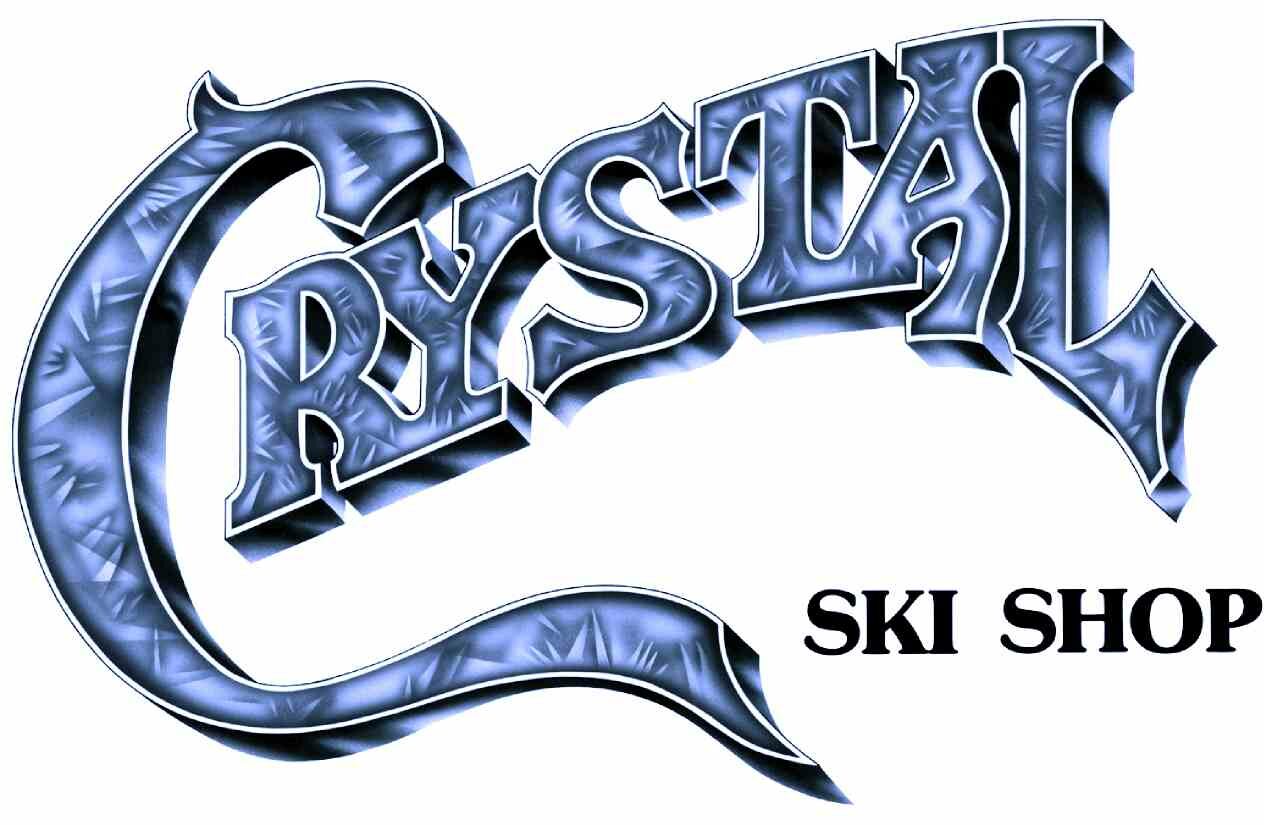Do you appreciate such labels as “tightwad”, “spendthrift”, “budget conscious”, ‘bargain hunter”, “cheapskate” or “frugal?” If so, you are not alone, and these labels aren’t so bad, really, especially in light of the current economic climate that we are all living in. If you like snowsports and still have to work for a living, you often have to weigh the cost options for participating in an activity that costs more than going to Disney World. At Crystal Ski Shop, we are very aware of the costs involved in participating and how budget conscious our customers are. Besides doing our best to reduce our costs and provide the best service and safest rental equipment possible, we offer these suggestions to help you stretch your ski or snowboard day dollars the farthest this season. We have a boatload of tried and true ideas on how to keep your costs down for lift tickets, travel costs, parking, equipment rentals, storage of personal items, and food.
Typically for any successful venture, planning and research can only help you to keep costs down and satisfaction up. Here are a few specific cost drivers to research and plan for when preparing for a day on the slopes:
1) Lift Tickets: Besides the costs associated with traveling from out of state, lift tickets are by far the largest budget item in a ski day. Hopefully you already know this but it is worth emphasizing; to get the best prices on lift tickets avoid purchasing them at the ticket window at the base of the resort. There are several other ways to get tickets for a discounted price. On the Front Range, there are many outlets for discounted tickets for several ski areas, and our shop is one of them. Check out our website for the resorts and prices we offer. Most outlets including our shop, the grocery stores and other sporting goods stores, offer discounted tickets from the same broker so they are the same price. Also, check Gold-C coupon books, the Gems Card, your employer, military, and universities for lift ticket deals.
2) Travel Costs: With fuel costs back down at a reasonable level, it isn’t so painful to fill the tank in order to get on the slopes. However, it still makes sense to carpool (this also saves money on parking costs).
If you are going to Eldora, you can pick up the N Route bus at the Downtown Boulder RTD Station for only $4.50 each way.
3) Parking: Try to leave early so you can avoid parking costs at the resort. Check out the resort’s website so you understand which lot to go to for lower rates or free parking. Every resort offers free shuttle service from the parking lot to the base of the mountain. For a list of links to all Colorado resorts, click here.
4) Equipment: If you are renting, you will pay the most, and spend the most time getting it, at the base of the resort. We feel we offer the best prices, best service and best equipment for rentals in Colorado. Most resorts will charge double or more for equivalent ski or snowboard rental packages. We check them all so we are pretty confident about the bargains we offer you.
5) Storage: The cheapest storage is in your own car. Try to park you car in an accessible location to the base of the mountain so you can go to it during the coarse of the day without losing much time. You can also rent a locker (very limited volume) at the base of most ski areas for just a few bucks. One word of advice about storing your stuff, DO NOT leave your stuff in the corner at the lodge and especially at a table in the cafeteria. Not only is this inconsiderate to others, you run a very good chance of having it removed by the staff so they can provide a place to sit for their paying customers. Here is a better idea: my brother has an interesting method for storing his family’s lunch at the slopes: he puts it in a cooler and finds an out-of-the way location in the snow near the base of the area and stores it there. It keeps the lunch cold and no one really cares if it is outside away from the people. I am warming up to this idea. It may save a few bucks but I would still worry about finding it present and intact when my ravenous family is ready to eat.
6) Food: This is a cost that can really be reduced with a small amount of effort and planning. The cost of food at the ski area cafeterias is notoriously expensive. If you have a family, and don’t want to drop $100 for something that just goes in one end and out the other, then I highly recommend that you pack your own snacks and lunch. After all who actually recalls a great day skiing by saying, “Boy that $10 slice of pizza was so great. What an awesome memory!” For snacks, pack hard granola bars, pretzels, energy bars, dried fruit or nuts in each pocket and you can eat them on the lift. Here is an insider snack tip: if you go to a Vail Resorts area (A-Basin, Keystone, Breckenridge, Vail and Beaver Creek) there are free Nature Valley Granola bars at the Season Pass Ticket counters. We always snag a bunch of these whenever we are at one of these areas. A few tips for packing lunches: 1) If you are a real cheapskate (like my brothers and me when we were teens) pack a can of tuna or deviled ham in your pocket. Typically, you can grab all the supplies you need (crackers, mayonnaise, and relish) at the condiments bar so you can make free and enjoyable tuna salad cracker sandwiches. 2) If you have to pack for a family or need a more hearty lunch, consider packing everything in disposable bags so you can throw everything away when you are done with lunch. That way you don’t have to pay for a locker or return to your car. Pack simple foods that are high in energy like meat or peanut butter sandwiches, fruit, cheese, and trail mix. For drinks, I highly recommend just drinking water. I haven’t found an area that doesn’t offer free cups next to the water spigots. It is easy and healthy to fill a tray of cups of water for your whole family. Not only is this cheap but it is REALLY important to be hydrated in the high country while exercising. Sugary sodas are expensive and really not good for you because of the high altitude recreational activity you are participating in. If you need to warm up with coffee, hot cocoa or tea, bring your own and just get a free cup of hot water from the cafeteria dispenser. 3) Don’t forget to pack the car with plenty of snacks and water for the trip home. These items can sustain you until you get out of the expensive restaurant zone at the base of the ski areas and you can either have dinner at home or at a less expensive restaurant on the Front Range.
I hope this gives you some viable ideas on ways to reduce your costs, and increase your memory making opportunities on the slopes. At Crystal Ski Shop our goal is to make snowsports “affordable, accessible and FUN” for everyone. Ski or Ride On!

